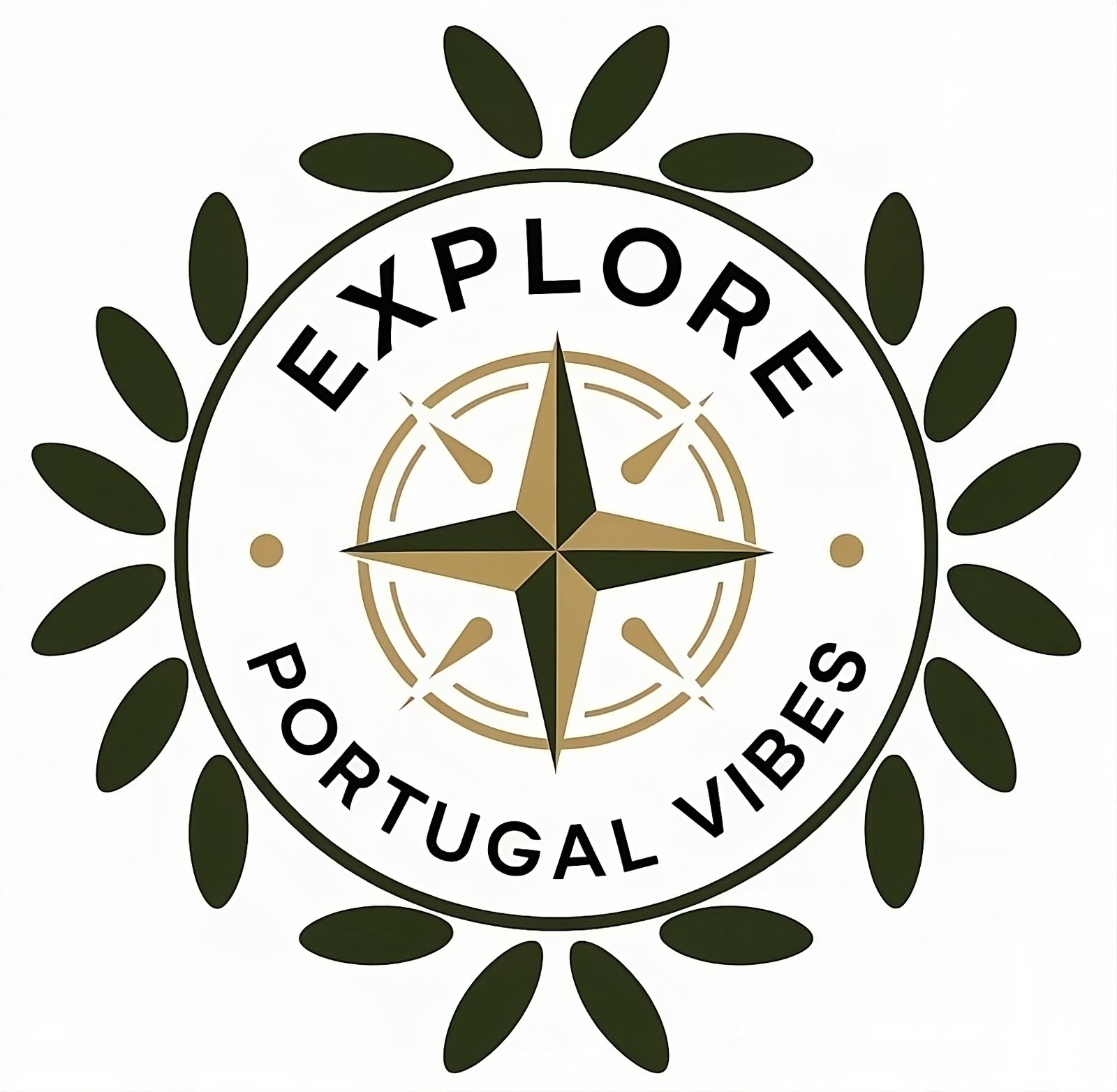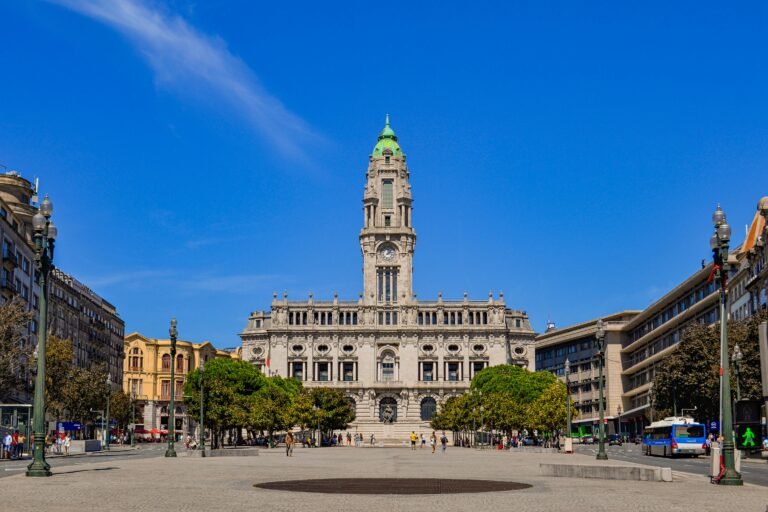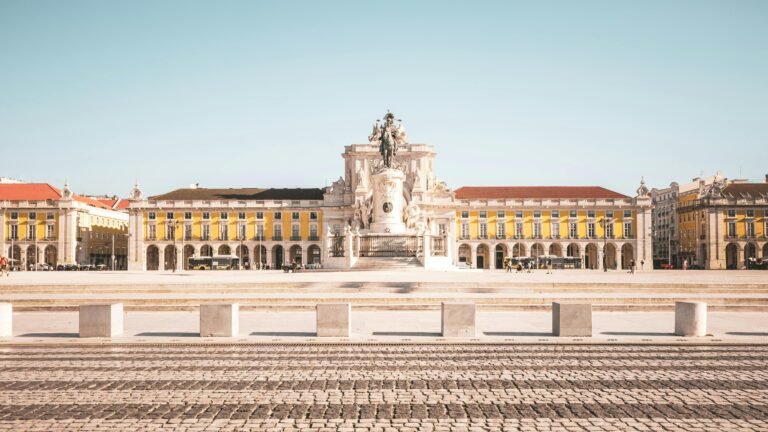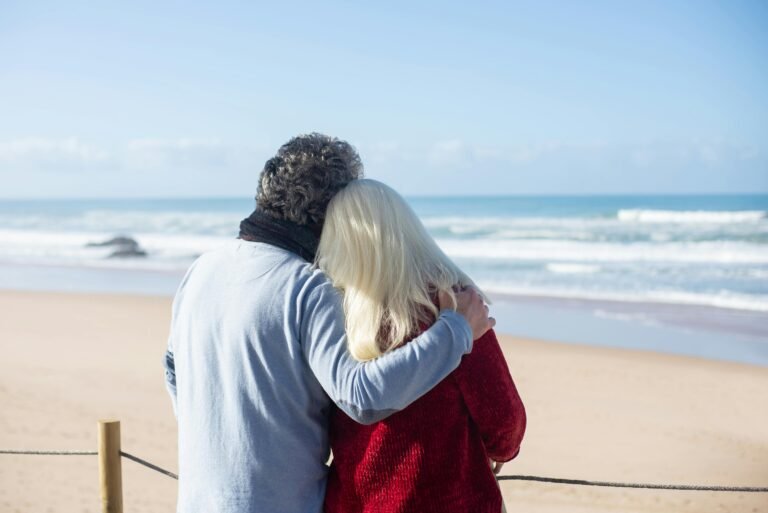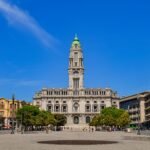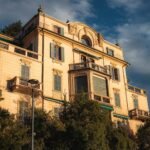Have you ever wondered how tiny Portugal became one of the most influential powers in world history? What motivated its explorers to risk everything to set sail into the unknown? And how their daring voyages shaped the world map we know today?
In this article, you will uncover the fascinating story of the pioneering Portuguese explorers of the Age of Discovery. From creating new sea routes to Africa, Asia, and the Americas to unlocking the secrets of navigation, these intrepid explorers transformed sea exploration in the 15th and 16th centuries.
Led by legendary figures like Prince Henry the Navigator, Vasco da Gama, and Ferdinand Magellan, they expanded the world’s horizons, established trade routes, discovered new lands, and initiated global interactions. You’ll know how their quest for glory and wealth enriched the Portuguese Empire, sparked competition between European powers, and laid the foundation for modern globalization.
Ready to dive into an era of daring exploration and incredible success? Let’s begin the journey!
The Dawn Of Portuguese Exploration
The Age of Discovery was pioneered by Portuguese explorers. They explored new lands and trade routes. This period ushered in a new chapter in world history. Let’s dive into this exciting era.
The Quest For Spices
Spices like pepper and cinnamon were worth their weight in gold. Europeans loved them for flavor and preservation. But these treasures lay in Asia, beyond treacherous routes dominated by others. Portugal aimed to find a direct sea path, bypassing middlemen. This quest promised immense wealth and power.
Prince Henry The Navigator’s Vision
Prince Henry was a pioneer in exploration. His vision was clear: explore unknown territories, spread Christianity, and establish trade routes. He founded a navigation school in Sagres. This hub attracted the brightest minds in cartography, navigation, and ship design. Under his guidance, explorers set sail into the unknown, equipped with the most advanced nautical knowledge of the time.
· Founded the Sagres School
· Trained explorers, cartographers, and sailors
· Initiated the Age of Discovery
Key Figures In Portuguese Exploration

The age of discovery painted the world map with tales of daring and curiosity. Portuguese explorers set sail into the unknown, driven by the quest for new lands and sea routes. These voyagers shaped history, their names etched in the annals of exploration. Let’s delve into the lives of key figures who led Portugal’s golden era of exploration.
Vasco Da Gama’s Voyage To India
Vasco da Gama embarked on a historic journey in 1497. His mission: find a sea route to India. Gama’s fleet rounded Africa’s Cape of Good Hope, charting a new course in global trade. After braving the Atlantic and Indian Oceans, Gama reached Calicut in 1498. His arrival in India marked a turning point, forging a path for future trade between continents.
· Born c. 1460s in Sines, Portugal
· First European to reach India by sea
· Opened the maritime route from Europe to the East
Ferdinand Magellan’s Circumnavigation
In 1519, Ferdinand Magellan set sail with five ships. His audacious goal: circumnavigate the Earth. Magellan’s expedition faced storms, mutiny, and unknown waters. Despite losing his life in the Philippines, his fleet achieved the unthinkable. In 1522, one ship and 18 men completed the first circumnavigation, a testament to human endurance and courage.
| Year | Event |
| 1480 | Born in Sabrosa, Portugal |
| 1519-1522 | First circumnavigation of the globe |
Innovations In Navigation And Shipbuilding
In the age of discovery, Portuguese explorers led the charge. They used innovative techniques in navigation and shipbuilding. These advancements allowed them to travel further and faster than ever before. Two significant innovations stood out: the caravel ship design and navigation tools like the astrolabe and compass.
The Caravel: A Game-changer At Sea
The caravel was a remarkable ship with revolutionary features. Its design was unique for the time. It had a slender hull and triangular sails. This allowed it to sail against the wind. The caravel was lighter and faster than other ships. It could also carry more cargo. Portuguese explorers favored the caravel. It helped them explore uncharted waters.
Astrolabe And Compass: Guiding The Way
Navigation tools were vital for explorers. The astrolabe and compass were key. The astrolabe helped sailors measure the altitude of the sun or a star. This would tell them their latitude at sea. The compass, with its magnetic needle, showed the direction. These tools guided explorers across vast oceans. They made sea travel safer and more accurate.
Challenges Faced By Portuguese Explorers

The age of exploration was marked by incredible feats. Portuguese explorers faced daunting challenges. These pioneers ventured into the unknown. They changed the course of history.
Navigating Unpredictable Oceans
Seafaring was perilous. Explorers dealt with treacherous waters. They faced violent storms and unreliable maps. Navigation tools were primitive. Sailors often relied on the stars. Shipwrecks were common. Diseases like scurvy plagued crews. Food and water supplies would run low. These risks were part of every voyage.
Encounters With Unknown Cultures
Explorers met unfamiliar societies. Cultural exchanges were complex. Language barriers presented difficulties. Misunderstandings led to conflicts. Explorers had to establish trade. They sought to create alliances. Disease spread to native populations. Such encounters reshaped global interactions.
Impact On Global Trade
The age of Portuguese exploration forged new paths in global trade. This era saw brave navigators venture into unknown waters, connecting continents and cultures. Their voyages led to the discovery of new lands and sea routes. These discoveries had a profound effect on commerce worldwide.
The Spice Trade Revolution
Portuguese explorers, like Vasco da Gama, changed the spice trade forever. They found direct sea routes to the Spice Islands. This broke the monopoly of overland spice trade. Spices like cinnamon, pepper, and cloves traveled from Asia to Europe faster. This caused prices to drop and trade to flourish.
· Bold new markets emerged.
· Europeans got a taste for exotic spices.
· Asian economies connected with European demand.
Establishing Trade Routes And Colonies
Portuguese sailors set up trading posts and colonies. They did this along the coasts of Africa, Asia, and Brazil. These outposts secured their control over trade. They served as bases for goods exchange. This included gold, silver, and textiles.
| Region | Resource | Impact |
| Africa | Gold, Ivory | Boosted local and global economies |
| Asia | Spices, Textiles | Increased trade volume |
| Brazil | Sugar, Wood | Introduced new goods to Europe |
These routes and colonies created a global network. They linked distant lands together. Goods, ideas, and cultures spread more easily. This period shaped the modern world’s economy.
Cultural Exchanges And Consequences
The era of Portuguese exploration opened global doors. It led to rich cultural exchanges. Yet, it came with heavy consequences.
The Introduction Of New Crops
Portuguese explorers brought new foods to different lands. These crops changed diets worldwide.
· Corn and potatoes from the Americas fed Europe.
· Europe’s wheat and grapes went to new worlds.
· Sugar cane from Asia thrived in the tropics.
These crops boosted economies. They also reshaped local agriculture.
The Dark Side: Slavery And Exploitation
The quest for wealth had a dark side. Slavery and exploitation spread.
Portugal’s ships carried enslaved Africans. This was a tragic human cost.
| Region | Impact |
| Africa | Lost millions to slavery. |
| Americas | Labor for plantations. |
| Europe | Profits from trade. |
Exploitation of resources followed. It damaged local environments.
Portugal’s Decline As A Nautical Power

Once a formidable nautical power, Portugal’s dominance on the seas waned. Factors both external and internal led to its decline. Let’s explore what caused this downturn.
Competition From Neighboring Nations
Portugal faced stiff competition at sea. Its neighbors sought to outdo its maritime successes.
Spain: Claimed new territories, challenging Portuguese monopoly.
England: Built stronger fleets, took over trade routes.
France: Competed for colonial possessions, undercutting Portuguese influence.
Netherlands: Excelled in shipbuilding, navigation, became trade leaders.
Internal Challenges And Missed Opportunities
Portugal also grappled with homegrown issues. These challenges further weakened its position.
Economic strain: Wars depleted funds, leading to reduced investments in exploration.
Political unrest: Succession crises destabilized the country, affecting maritime focus.
Colonial mismanagement: Poor governance in colonies led to revolts, loss of control.
Technological stagnation: Failed to innovate, while others advanced in naval tech.
Legacy Of Portuguese Exploration
The Legacy of Portuguese Exploration reshaped the world. Bold navigators set sail into uncharted waters, leaving a mark on history. Their voyages led to the discovery of new lands. They also paved the way for global trade routes. The impact of their journeys still echoes today.
Influences On Modern Navigation
The Portuguese developed advanced navigation techniques. These skills are still in use. They crafted detailed maps, like the Padrão Real. This map helped sailors navigate the high seas. Tools like the astrolabe and quadrant were perfected. They made sea travel safer and more precise. Modern GPS systems owe much to these early innovations.
Cultural Impact Across Continents
Portuguese explorers touched many shores. They influenced language, cuisine, and religion. Countries like Brazil speak Portuguese today. Spices from Asia changed European cooking forever. Catholicism spread to Africa, Asia, and the Americas. These explorers started a cultural exchange that still connects continents.
| Continent | Portuguese Influence |
| Africa | Language, Trade, Architecture |
| Asia | Spices, Trade Networks, Religion |
| South America | Language, Culture, Religion |
- Navigation Charts: Vital for sea exploration.
- Ship Design: Caravels improved long voyages.
- Cultural Exchange: Arts, customs, and ideas shared.
- Vasco da Gama: First to reach India by sea.
- Ferdinand Magellan: Led the first circumnavigation.
- Bartolomeu Dias: Sailed around the Cape of Good Hope.
Frequently Asked Questions
Who Were Two Portuguese Explorers?
Two notable Portuguese explorers are Vasco da Gama, who reached India by sea, and Ferdinand Magellan, who led the first expedition to circumnavigate the globe.
Who Was The Portuguese Explorer In The 1500s?
The Portuguese explorer in the 1500s was Vasco da Gama. He famously navigated a route to India, opening new maritime paths.
Who Were The Famous Portuguese Explorers?
The most renowned Portuguese explorers include Vasco da Gama, who found a sea route to India, and Ferdinand Magellan, who initiated the first circumnavigation of the Earth. Others like Bartolomeu Dias and Pedro Álvares Cabral also made significant discoveries, rounding the Cape of Good Hope and reaching Brazil, respectively.
What Did Portuguese Explorers Discover?
Portuguese explorers made groundbreaking discoveries, including sea routes to India, Brazil, and East Africa. They established early trade routes with Asia, discovered several Atlantic archipelagos, and were the first Europeans to reach Japan.
Conclusion
The journeys of Portuguese explorers reshaped our global map, sparking an era of discovery that still inspires us. Their courage and curiosity led to new lands, cultures, and trade routes. As we reflect on their legacy, let’s carry forward their spirit of exploration, eager to uncover the wonders our world holds.
Embrace the unknown with the same boldness and thirst for knowledge.
